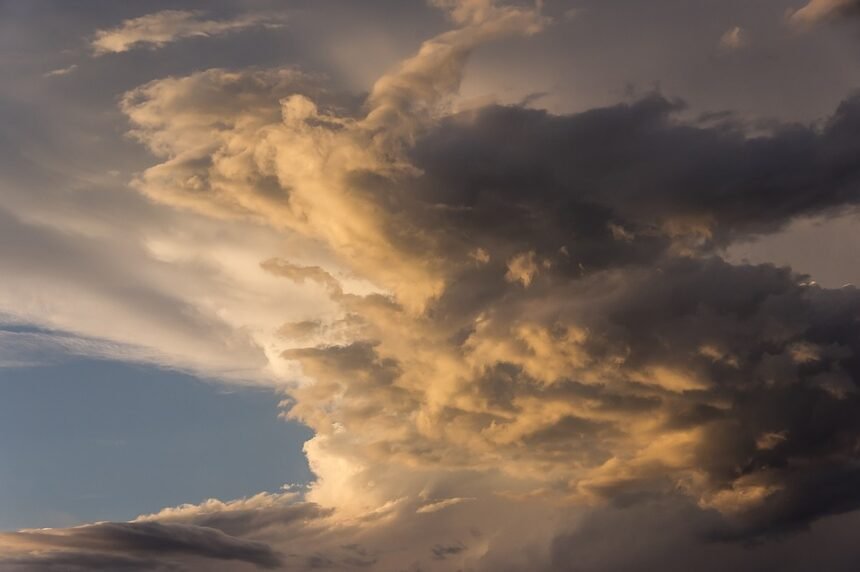Chasing Shadows: The Art and Science of Storm Tracking
As clouds swirl ominously above and lightning splits the sky, meteorologists, storm chasers, and enthusiasts gather their gear, driven by the age-old human compulsion to confront nature’s most exhilarating and terrifying phenomena: storms. Whether it’s a powerful tornado ravaging the plains, a hurricane barreling toward a coastal community, or a winter blizzard blanketing a city in snow, the art and science of storm tracking have evolved into a critical field that blends technology, science, and human passion.
The Historical Perspective: From Observation to Technology
Storm tracking has roots that date back centuries, when early meteorologists relied solely on observational techniques. Ancient cultures used their understanding of astrology and local folklore to predict weather patterns. Over time, as the field of meteorology advanced, more systematic methods were developed, culminating in the establishment of the first weather stations in the 19th century.
The invention of the telegraph revolutionized storm tracking, allowing for rapid communication of weather data and alerts. This clearly demonstrated the potential for saving lives through timely warnings. As technology advanced, so too did our ability to track storms. The introduction of radar in the mid-20th century marked a significant turning point, allowing meteorologists to see precipitation and storm structure in real time.
Today, sophisticated satellites orbiting Earth, Doppler radar systems, and advanced computer modeling enable precise storm tracking and forecasting. These technological advancements have become indispensable tools for meteorologists in the fight against the destructive impacts of severe weather.
The Science Behind Storm Tracking
At the heart of modern storm tracking lies a complex interplay between meteorology, physics, and computer science. Storms are driven by an intricate set of atmospheric principles, including heat transfer, moisture dynamics, and pressure systems. Meteorologists analyze vast amounts of data collected from weather stations, satellites, and radars to build models that predict a storm’s path, intensity, and potential impact.
One critical aspect of storm tracking is the understanding of weather patterns and phenomena such as jet streams, fronts, and pressure systems. By analyzing these meteorological components, scientists can determine the likelihood of storm formation and track its evolution. The National Weather Service (NWS) and other meteorological agencies use real-time data to issue alerts, advisories, and warnings, helping communities prepare for impending storms.
The Art of Storm Chasing
While the science of storm tracking provides critical insights, the art of storm chasing is a phenomenon that draws individuals from all walks of life. Storm chasers, equipped with cameras, meteorological instruments, and sheer determination, pursue storms to observe and document their power. These intrepid explorers stand on the front lines of nature’s fury, fulfilling a deep-seated urge to understand and experience weather at its most raw.
The motivations for storm chasers are varied; some are scientists and meteorologists seeking data to improve predictive models, while others are thrill-seekers captivated by the beauty and chaos of storms. This subculture has gained prominence in recent years, bolstered by television programs and social media platforms that showcase the incredible spectacle of severe weather. However, storm chasing is not without its risks, and experienced chasers emphasize the importance of safety and respect for the power of nature.
The Future of Storm Tracking
As climate change alters weather patterns, the need for effective storm tracking has never been greater. More unpredictable and severe weather events are expected, necessitating advancements in tracking technology and predictive modeling. Artificial intelligence and machine learning are poised to play significant roles in the future of meteorology, with the potential to analyze vast amounts of data more quickly and accurately than ever before.
Collaboration between meteorologists, researchers, and storm chasers will continue to be vital. Integrating insights from both observational and remote sensing methods can enhance our understanding of storm formation and behavior. Community engagement and education are crucial components of preparing for severe weather; awareness and understanding often make the difference in survival during a storm.
Conclusion
Chasing shadows—the pursuit of understanding storms—captures the intersection of art and science. It embodies the curiosity and resilience of humanity in the face of nature’s fury. As meteorological science continues to progress and our understanding of climate dynamics deepens, the quest to track and comprehend storms will remain an essential endeavor, helping to safeguard lives and communities against the unstoppable force of the elements. Whether through cutting-edge technology or the brave pursuit of storm chasers, the eagerness to confront nature’s fury is a testament to our unyielding spirit of exploration and innovation.




